Toxic nitrogenous waste products can impair growth
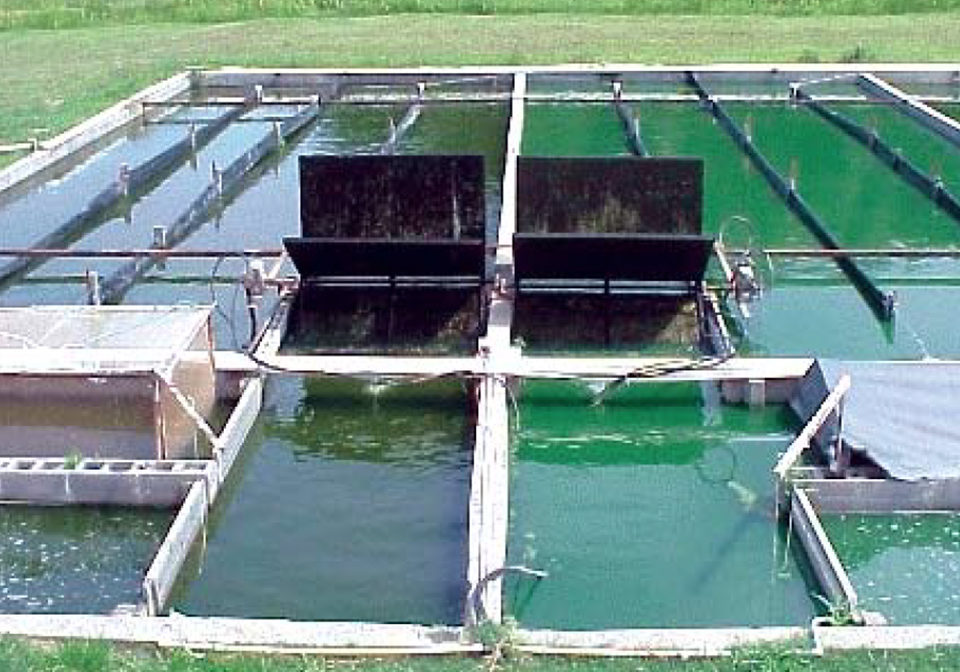
The belief that pond-raised catfish production is not all that it should be is more than just an illusion – U.S. industry-average catfish production does, in fact, fall far short of the yields potentially achievable in ponds. Although some production factors are beyond management, others can be effectively managed to substantially increase production volume.
Maximum potential production
As a starting point based on research in other culture systems, assume that fish production in ponds with no water exchange is ultimately limited by the capacity of the natural biological and physical processes in the pond to remove or detoxify nitrogenous wastes produced as a byproduct of feeding. Stated another way, fish production is limited by the amount of manufactured feed that can be eaten by fish without toxic nitrogenous waste products accumulating to the point where fish growth is significantly impaired.
Maximum nitrogen loading from protein in manufactured feed can be estimated using mass balances of nitrogen inputs and losses, estimates of autotrophic (algal) nitrogen assimilation rates, or empirical data from other pond cultures. Interestingly, all three estimates provide values of about 168 kilograms per hectare per day. Assuming a conservative feed-conversion ratio of 1.8, this translates into a net annual fish production of about 34,000 kilograms per hectare.
Water temperature
The major temperature effect on warmwater fish grown outdoors in temperate climates is the relationship between temperature and feeding activity. The effect of water temperatures on catfish growth can be estimated using a temperature-dependent growth model developed by Oscar Cacho at Auburn University combined with climatological data.
In an average year, fish do not grow from December through February when water temperatures are less than 12 degrees-C. Maximum growth occurs only during a relatively limited period of 150 days from mid-April through September, so water temperature reduces potential annual production by almost half, to about 19,000 kilograms per hectare.
Year-round demand
Catfish yields under commercial conditions are also affected by the year-round demand for market-sized fish. The practical consequence of this demand is that some pond space must be used to store market-sized fish rather than grow a new crop of fish.
The need to maintain an inventory of market-sized fish does not affect industry production during winter months because fish do not grow in cold water anyway. However, the market demand for fish in spring and early summer means that significant pond space is unavailable for a new fish crop during that period. A simple model of this phenomenon indicates that the need to store fish to meet year-round market demands causes a 20 percentreduction in potential yield, resulting in a revised estimate of about 15,000 kilograms per hectare per year.
Infectious diseases
Losses to disease are among the most poorly quantified aspects of catfish production. Annual loss estimates from various farm surveys and expert opinions range 15 to 24 percent of the standing crop. Using a value of 20 percent loss to infectious disease, the estimated annual yield is reduced to about 12,000 kilograms per hectare.
Bird predation
Losses of catfish to bird predation are significant, but vary greatly from year to year and from one location to another. In one study, cormorants caused a 20 percent reduction in catfish production from experimental ponds managed under commercial conditions. For lack of a better overall estimate, half that value will be assumed for industrywide losses. Assuming a 10 percent yield reduction due to bird predation, the revised estimated annual yield is about 11,000 kilograms per hectare.
Dissolved oxygen
Although the qualitative effects of dissolved oxygen availability on fish growth are well known, until recently it was not possible to quantify that relationship under pond culture conditions. In 2005, Les Torrans published a study that provides a reasonable model of the effect of early-morning dissolved oxygen concentrations on feed consumption by catfish.
In short, feed consumption is largely unaffected if early morning dissolved oxygen concentrations remain above 3 ppm, but decreases rapidly as concentrations fall below 2 ppm. Using the Torrans model and daily dissolved oxygen records from two commercial catfish ponds, the inability to maintain morning dissolved oxygen concentrations above 3 ppm reduced potential fish production by an estimated 22 percent. So the new estimate of potential productivity is approximately 8,500 kilograms per hectare.
Off-flavors
Even if a farmer can avoid all the risks encountered during grow-out, fish may not be harvestable unless they meet strict, processor-imposed flavor quality standards. Regrettably, pond-raised channel catfish often develop unacceptable flavors derived from odorous, but otherwise harmless chemicals produced by blue-green algae. These flavor problems are unpredictable, episodic, and tend to occur most frequently in the summer.
When harvests are postponed because fish are off flavor, annual productivity suffers because the production interval is increased, growth of a new fish crop is delayed, and fish are exposed to additional risks while the farmer waits for flavor quality to improve. Estimated yield reductions due to off-flavor range 5 to 35 percent, depending on pond management and other factors. Assuming a value of 15 percent for yield reductions due to off-flavors, the final estimate for annual catfish production under commercial conditions is approximately 7,280 kilograms per hectare.
This simple attempt to describe a complex issue is riddled with oversimplifications and tenuous assumptions. The baseline assumption that waste nitrogen accumulation limits fish production may not be true. The estimates of infectious disease losses are suspect. Another flaw is the implication that yield-reducing factors do not interact, which is obviously false. Yet despite the obvious shortcomings of this analysis, the estimated annual yield is in the range of yields reported by farmers in northwest Mississippi, USA.
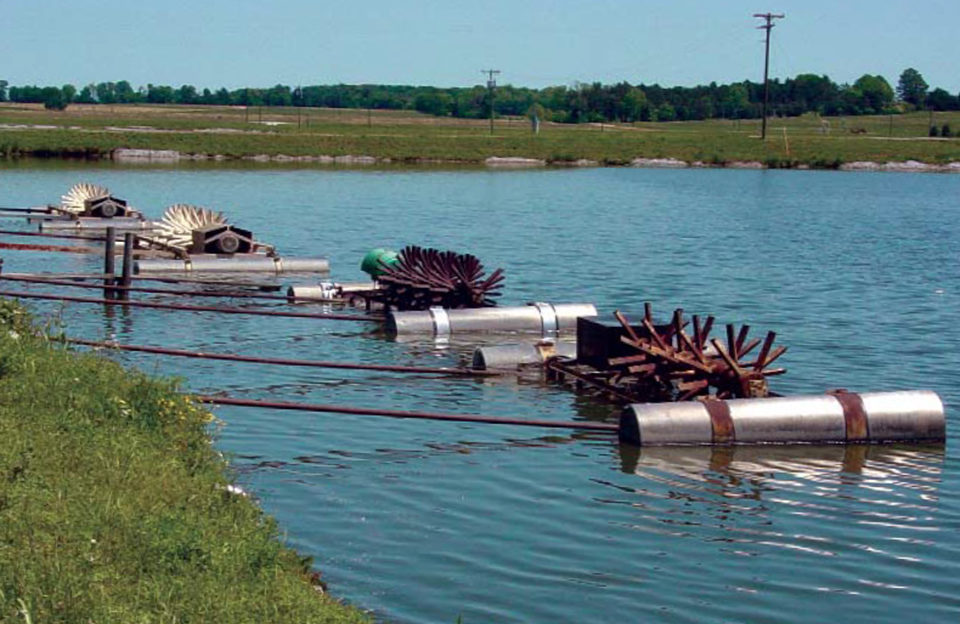
Management implications
Farmers cannot expect to approach the ultimate production potential of earthen because so few of the yield-limiting factors are manageable. Water temperatures cannot be economically managed in ponds to allow year-round fish growth, and it is difficult to envision a solution to the problem of having to store fish in ponds to meet year-round market demands. In many wild fisheries, the problem of seasonal harvest and year-round consumer demand is met by maintaining large stores of frozen processed inventory, but this is an unlikely solution in catfish aquaculture.
Managing losses to infectious diseases and fish-eating birds has proven difficult, although both are subjects of considerable research effort. On the other hand, it is logistically feasible and perhaps economically justified to manage the impacts of off-flavor and dissolved oxygen availability.
For example, recent studies in Mississippi clearly showed the benefits of using algicides to reduce the incidence of blue-green algal off-flavors. Likewise, the study by Les Torrans showed that rather large gains in productivity can be made by improving dissolved oxygen availability, which can easily be accomplished simply by increasing the number of aerators.
Effective management of dissolved oxygen and off-flavors should allow annual catfish yields in the range of 9,000 to 11,000 kilograms per hectare. Sustained annual production at that level is routinely obtained on small farms where the two factors are aggressively managed. Of note, however, is the need to determine whether improved yields are economically justified. A common factor in all agriculture is that maximum profits seldom, if ever, correspond to maximum crop yield.
(Editor’s Note: This article was originally published in the December 2005 print edition of the Global Aquaculture Advocate.)
Now that you've reached the end of the article ...
… please consider supporting GSA’s mission to advance responsible seafood practices through education, advocacy and third-party assurances. The Advocate aims to document the evolution of responsible seafood practices and share the expansive knowledge of our vast network of contributors.
By becoming a Global Seafood Alliance member, you’re ensuring that all of the pre-competitive work we do through member benefits, resources and events can continue. Individual membership costs just $50 a year.
Not a GSA member? Join us.
Author
-
Craig S. Tucker, Ph.D.
Mississippi State University
National Center for Warmwater Aquaculture
P.O. Box 197
Stoneville, Mississippi 38776 USA
Tagged With
Related Posts
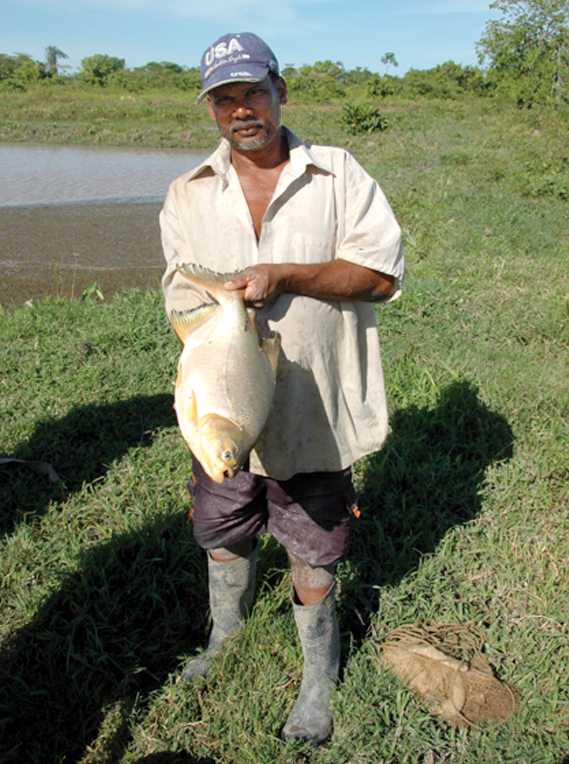
Health & Welfare
A look at aquaculture in Guyana
With its large quantities of water and little industry to pollute it, Guyana has the potential to become a greater player in global aquaculture.
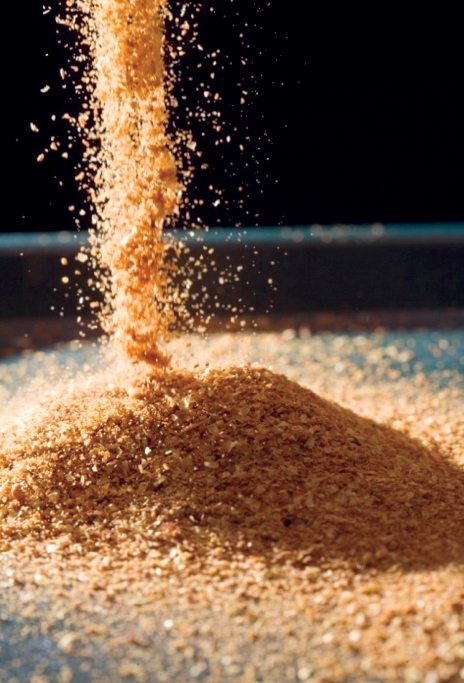
Aquafeeds
A look at corn distillers dried grains with solubles
Corn distillers dried grains with solubles are an economical source of energy, protein and digestible phosphorus to reduce feed costs and fishmeal usage.
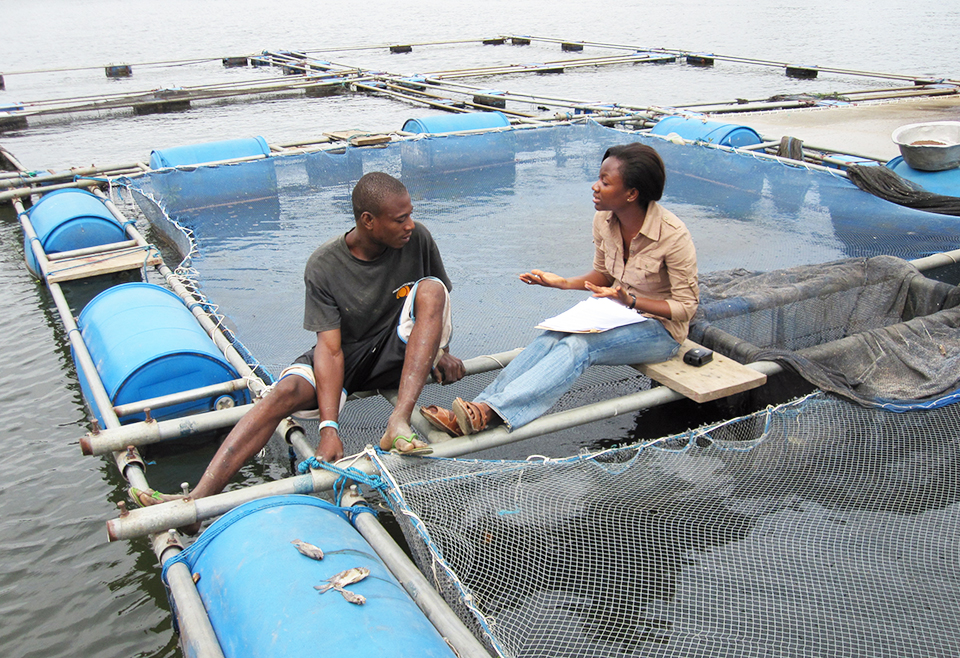
Health & Welfare
A look at tilapia aquaculture in Ghana
Aquaculture in Ghana has overcome its historic fits and starts and is helping to narrow the gap between domestic seafood production and consumption. Production is based on Nile tilapia.
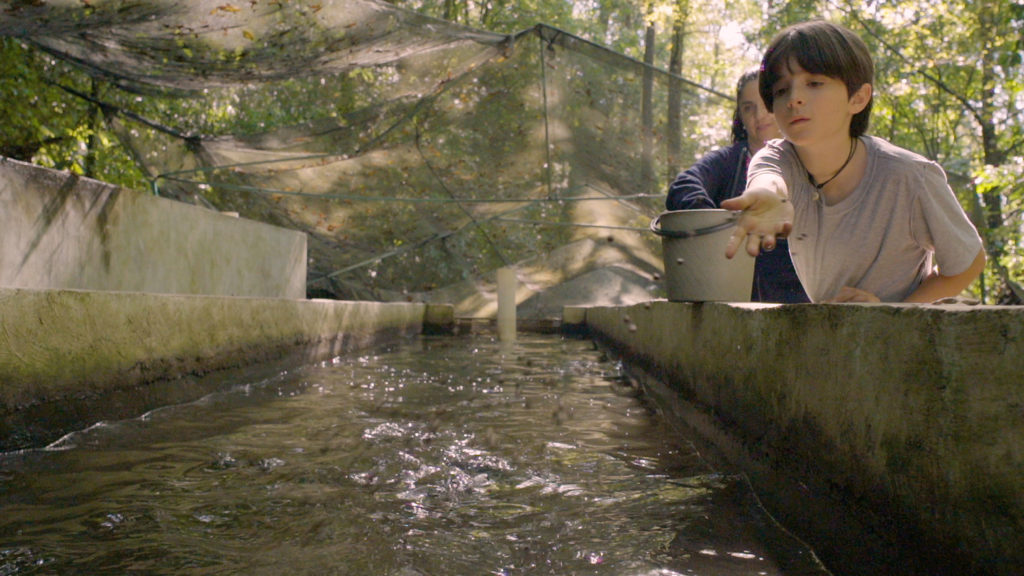
Intelligence
A motive, and a market, for farmed fish in Mexico
Boasting ample areas for aquaculture and a robust domestic demand for seafood – not to mention its close proximity to the U.S. market – a land of opportunity lies in Mexico. Fish farming is primed to meet its potential south of the border.


